Croatia is home to a remarkable collection of UNESCO sites. Roman palaces, medieval cities, sacred architecture, and dramatic natural wonders all reveal the depth of its cultural and natural heritage. Together, they paint a vivid picture of the country’s past and present.
Croatia’s UNESCO World Heritage Sites
1. Plitvice Lakes National Park (1979)
Croatia’s most famous natural wonder, where turquoise lakes connect through a series of spectacular waterfalls, surrounded by lush forest. A paradise for hikers and photographers.

2. Historical Complex of Split with the Palace of Diocletian (1979)
The Roman emperor’s retirement palace became the beating heart of modern Split. Its cellars, temples, and walls blend seamlessly with lively squares, cafés, and shops.
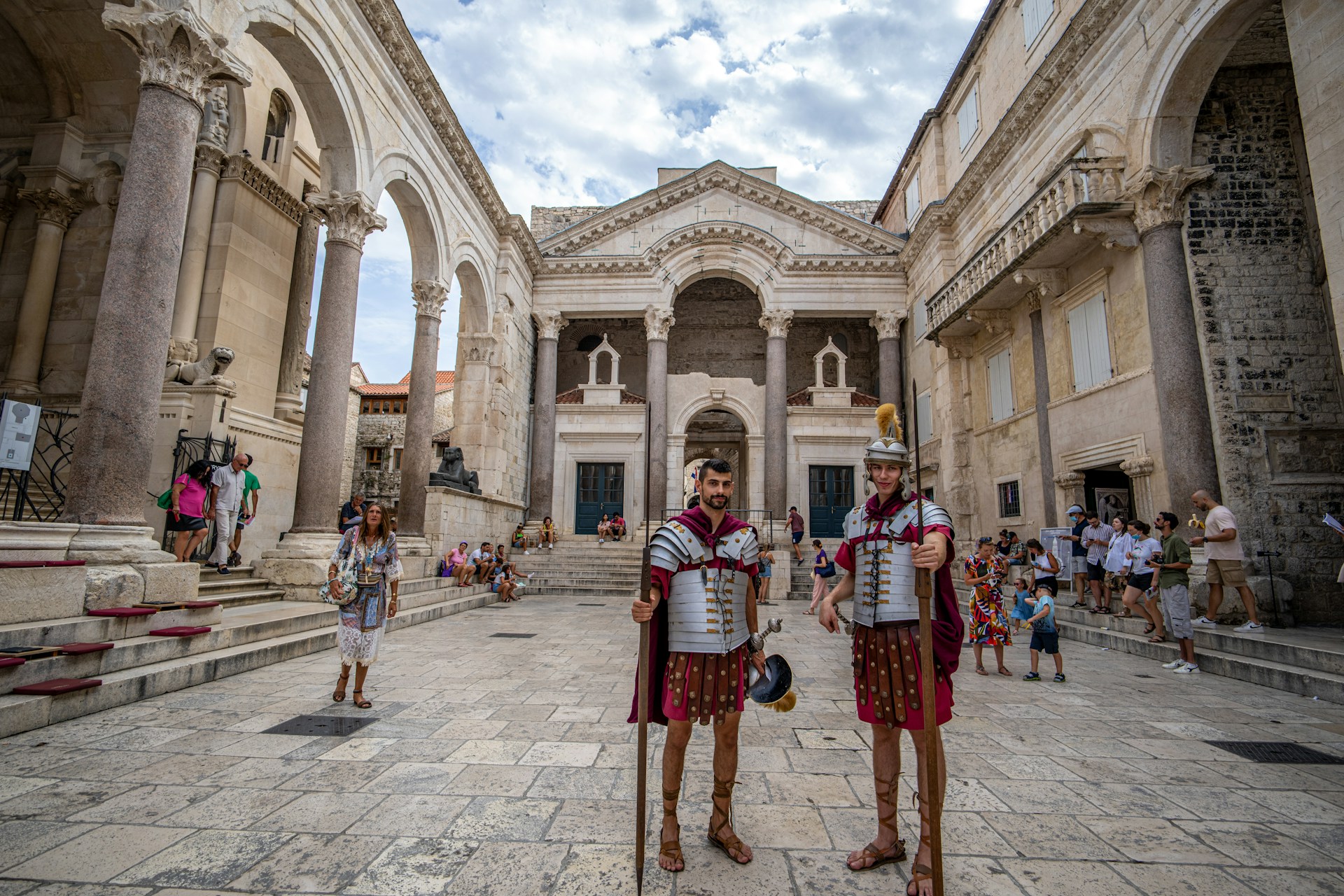
3. Old City of Dubrovnik (1979, extended 1994)
Encircled by mighty medieval walls, Dubrovnik — the “Pearl of the Adriatic” — boasts Gothic, Renaissance, and Baroque architecture, along with a rich maritime history.
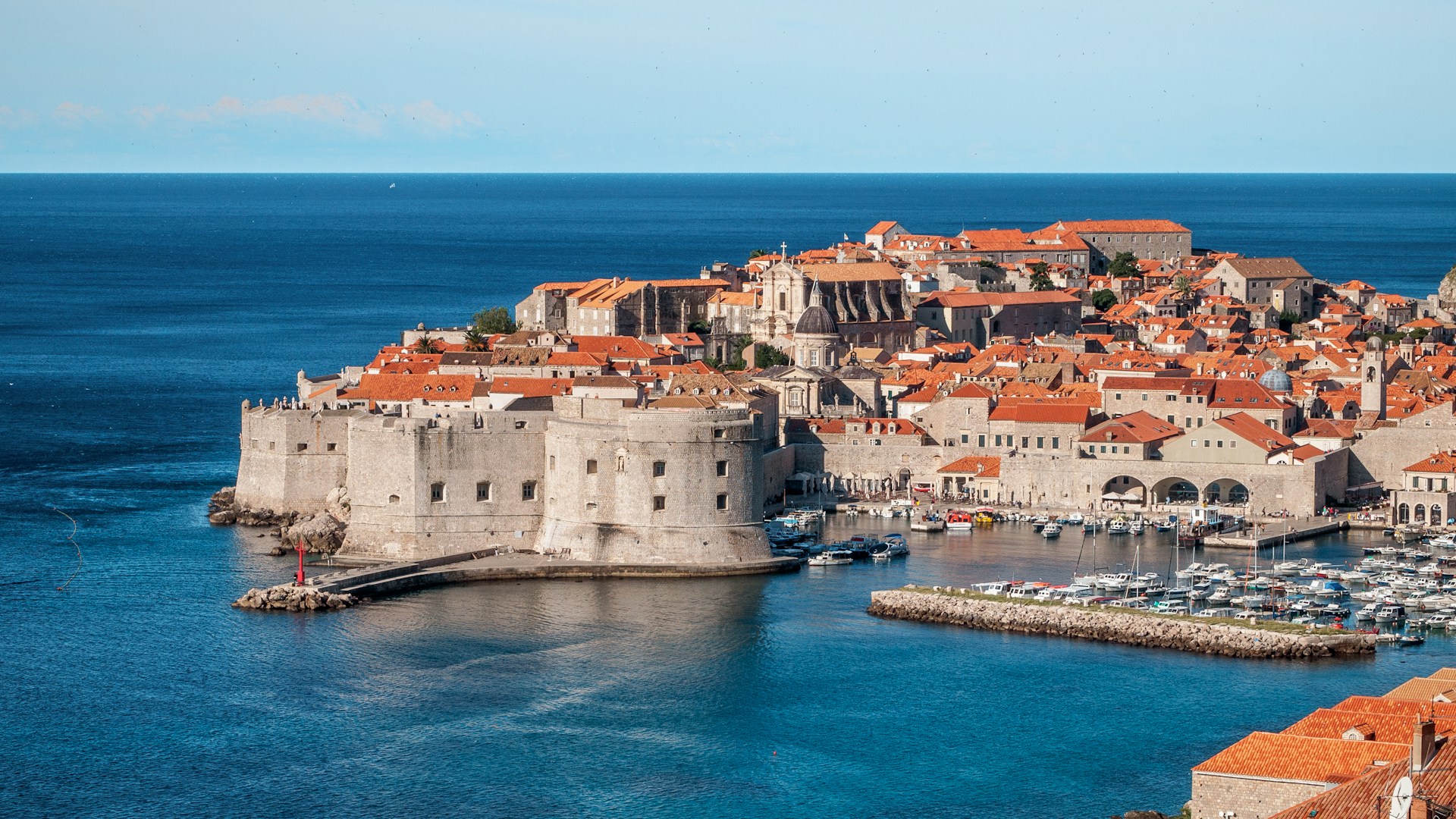
4. Episcopal Complex of the Euphrasian Basilica in Porec (1997)
An early Christian masterpiece, this basilica shines with intricate mosaics, marble columns, and centuries of religious significance.
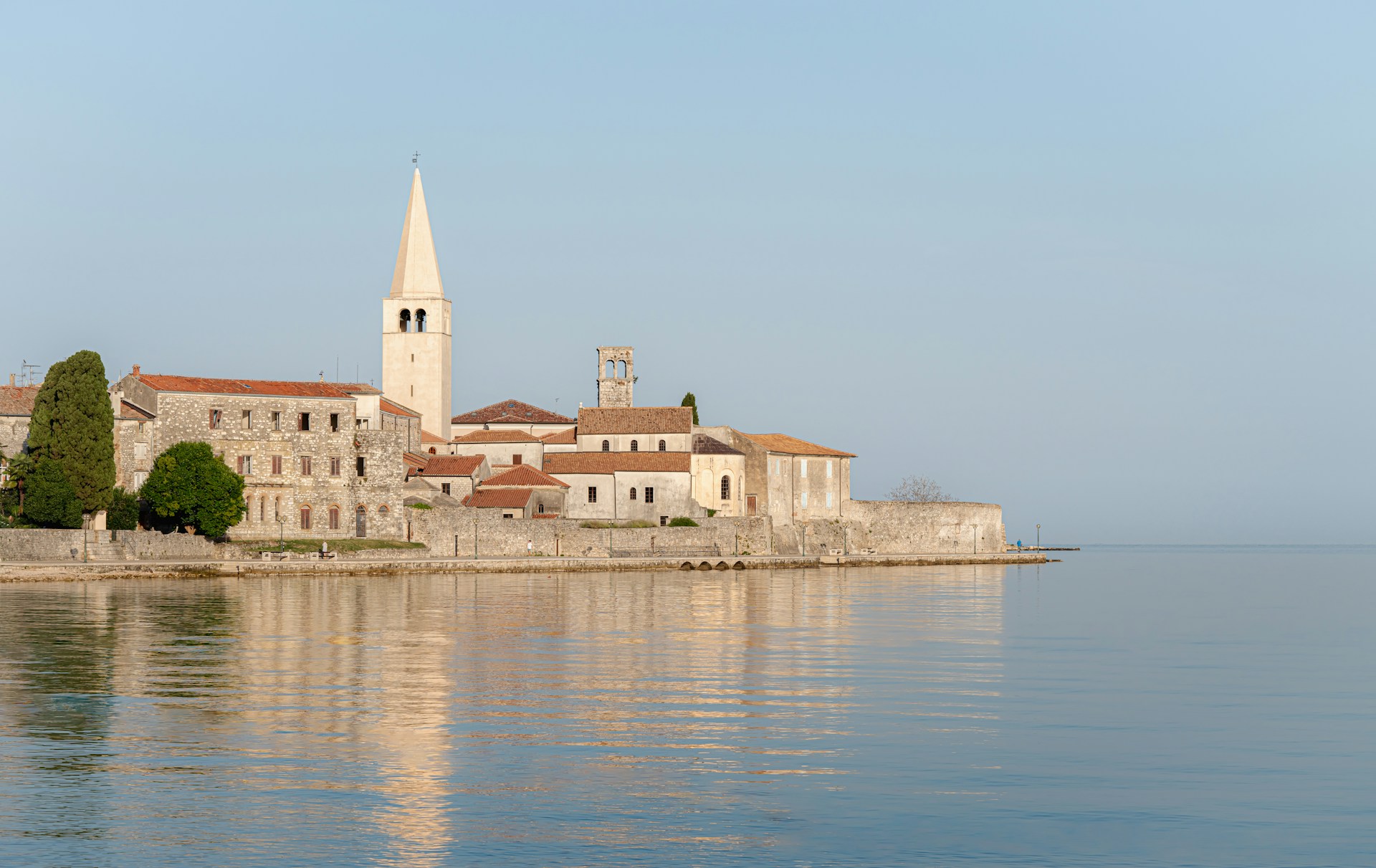
5. Historic City of Trogir (1997)
A charming island town filled with narrow lanes, stone houses, Romanesque churches, and Renaissance palaces — a true open-air museum.
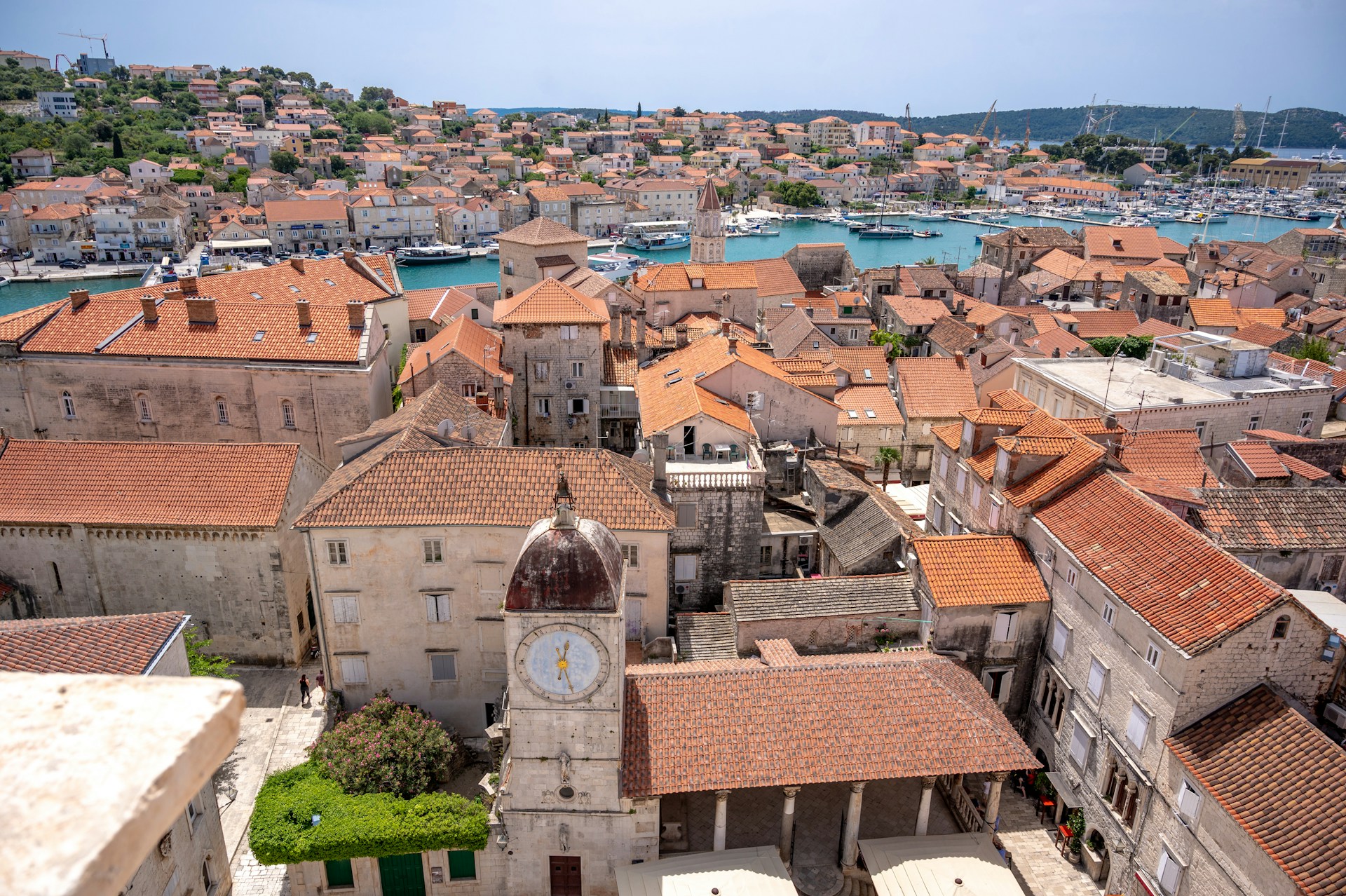
6. Cathedral of St James in Šibenik (2000)
Built entirely of stone, this stunning Renaissance cathedral is admired for its dome, sculpted faces, and the innovative construction techniques of its builders.
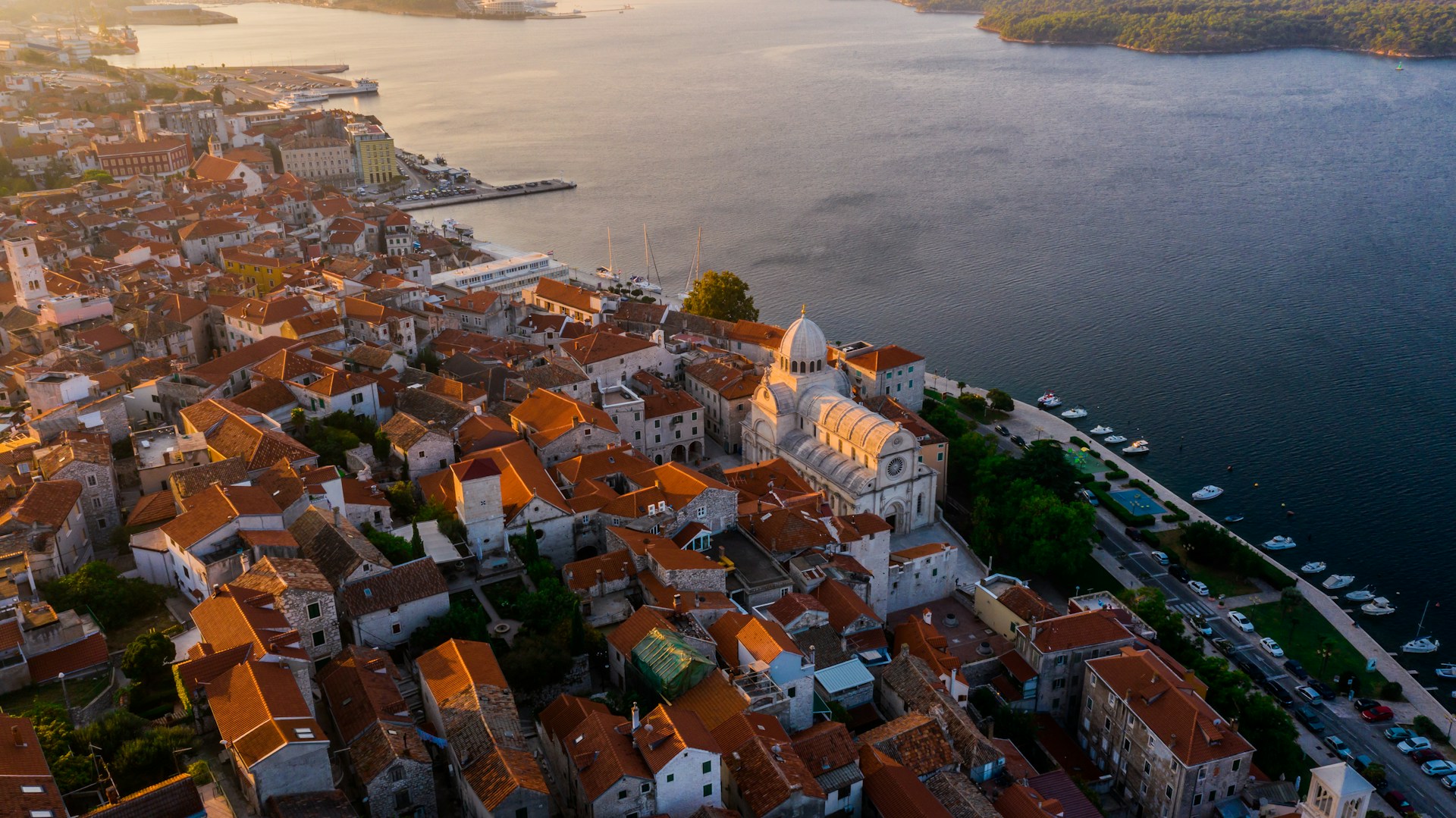
7. Stari Grad Plain, Hvar (2008)
An agricultural landscape that has remained almost unchanged since Greek settlers arrived in the 4th century BC. Vineyards, olive groves, and stone walls tell a story of continuity.
8. Stecci Medieval Tombstone Graveyards (2016)
Striking medieval tombstones carved with symbols and patterns, found in rural graveyards. Croatia shares this unique cultural site with Bosnia & Herzegovina, Serbia, and Montenegro.
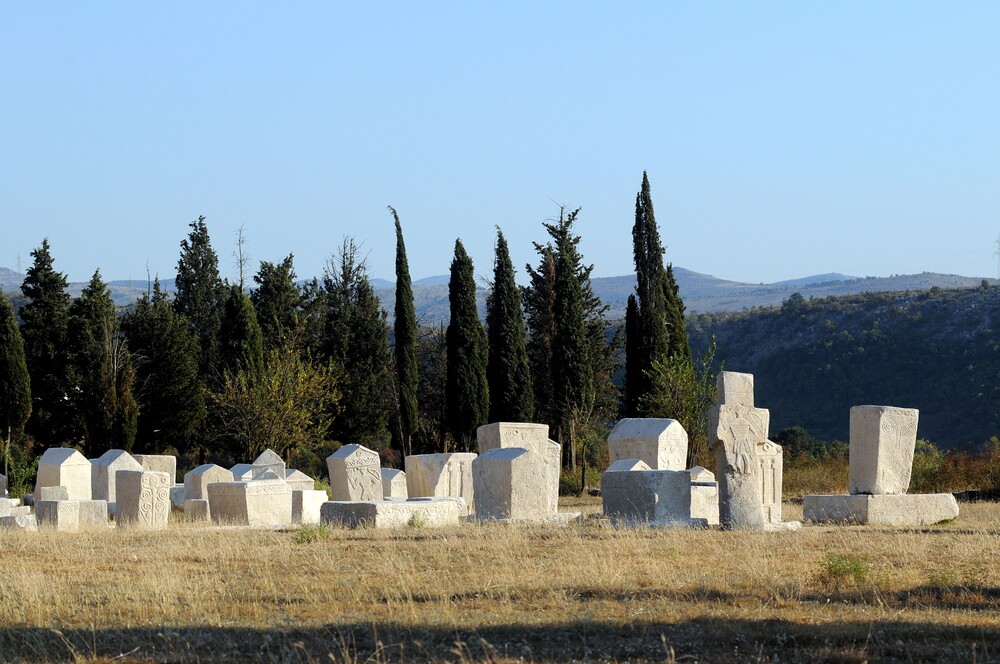
9. Venetian Works of Defence (2017)
Fortifications and walls built by the Republic of Venice to protect its territories. Croatia’s highlight is the impressive St. Nicholas Fortress in Šibenik.
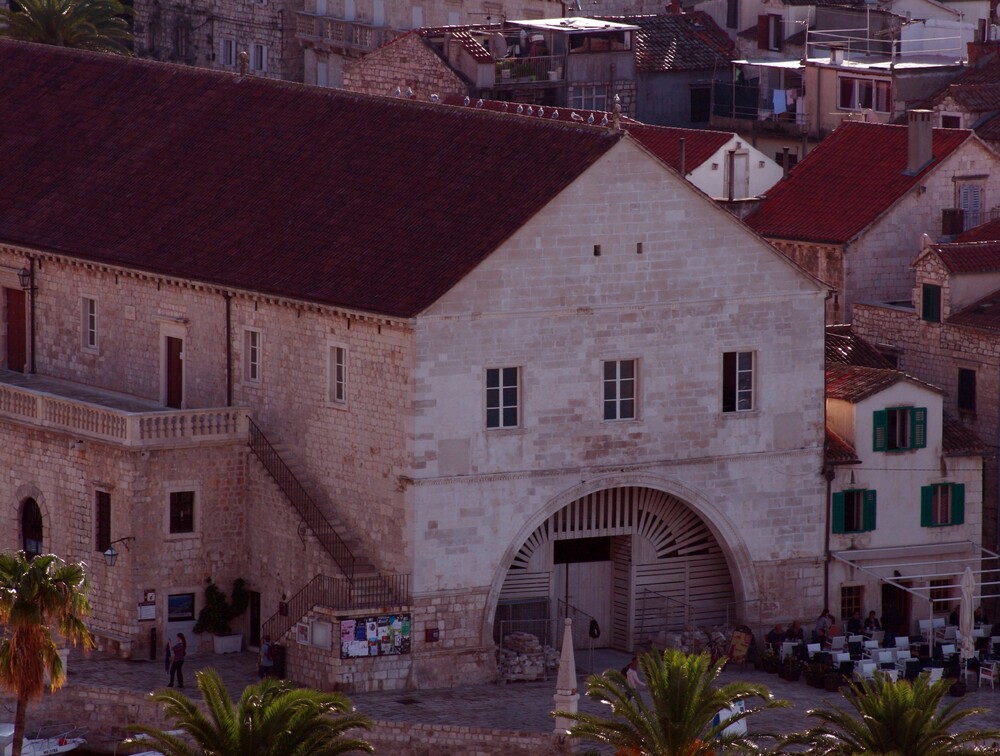
10. Ancient and Primeval Beech Forests of the Carpathians and Other Regions of Europe (2017, extended 2021)
Part of a vast transnational site, Croatia contributes primeval beech forests in Northern Velebit and Paklenica National Parks — a sanctuary for biodiversity.
Planning your trip?
- Many sites cluster along the Adriatic coast, making them perfect for combining culture with a beach holiday.
- Inland, Plitvice Lakes is a must-see for nature lovers.
- Pair coastal gems like Dubrovnik, Split, and Trogir with island escapes to Hvar or the Istrian peninsula.
- Consider a road trip to connect cultural cities with natural parks in one itinerary.
Source: UNESCO World Heritage Centre. 19.09.2025.
By Nikola Stenka
Baltic Travel Company (all rights reserved)
This entry was posted on Friday, September 19th, 2025 at 8:30 am; on the subject of Balkans, Croatia.